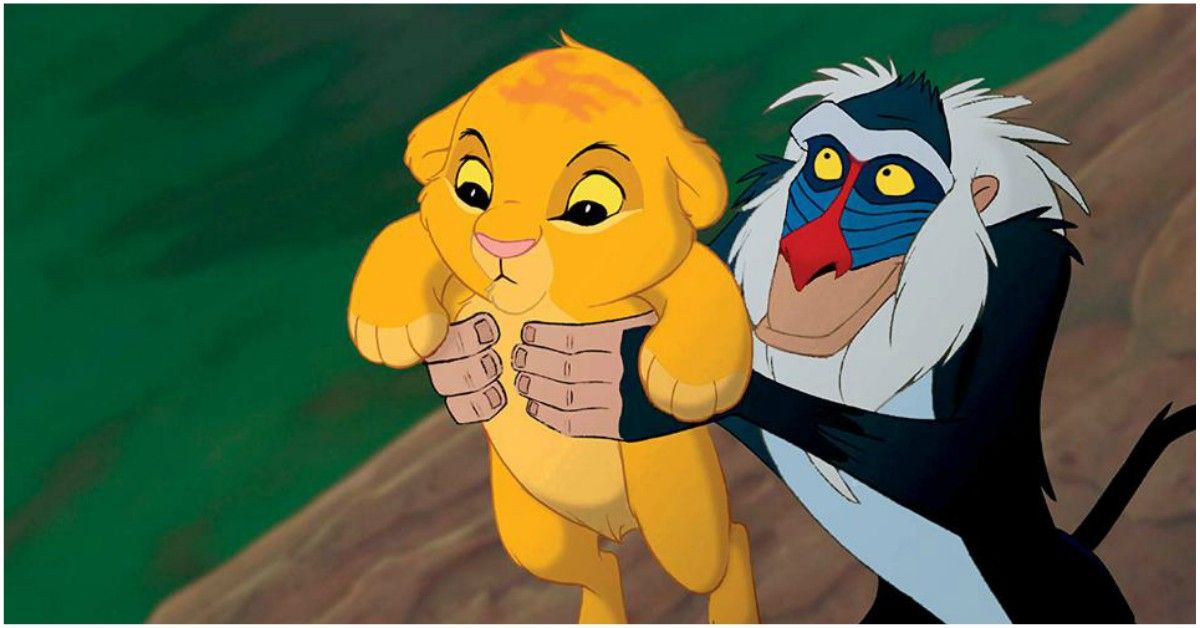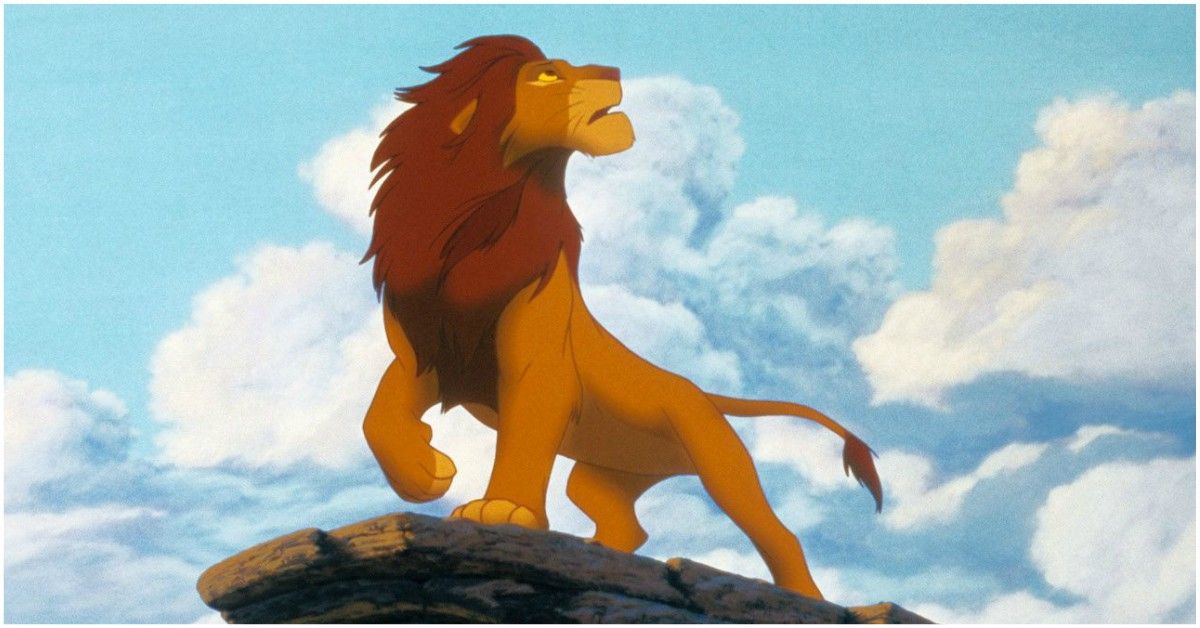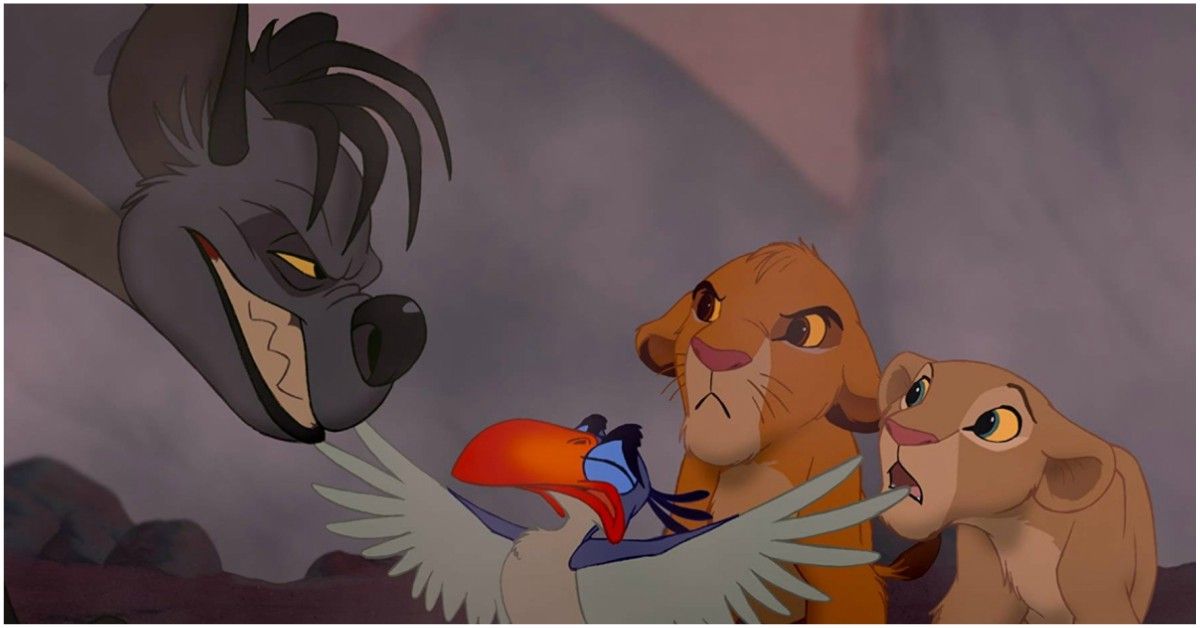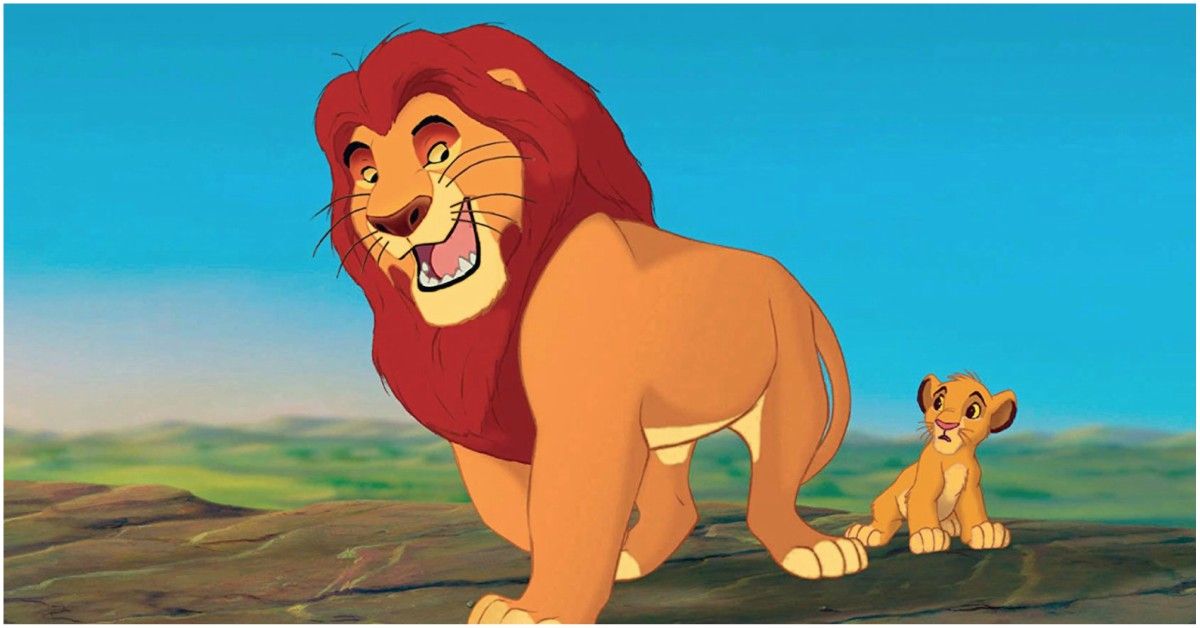To this day, we still don't know the definitive story about the creation of Disney's 1994 classic, The Lion King. There are many who think many of the details were lifted from a Japanese anime series from the 60s called Kimba The White Lion. When asked about this as recently as 2019, Disney dodged the question. To them, there is only one definitive history of this film... And it too is pretty fascinating...
Before the release of Jon Favreau's live-action adaption of Disney's The Lion King, Forbes released a fascinating oral history or the creation and production of everyone's favorite childhood film. Of course, many Millennials (as well as their parents) are still humming "Be Prepared" or re-creating famous scenes from the movie.
Here's how the root of all of these nostalgic details came to be...
It Was First Called "King Of The Jungle" And Came From The Mind Of Jeffrey Katzenberg
According to her interview with Forbes, screenwriter Linda Woolverton claimed that the former head of Disney's animation department (and the future founder of DreamWorks) is the man responsible for The Lion King... At least, its first conception.
"I was on a movie called Homeward Bound and then Jeffrey Katzenberg took me off [that movie], which I was upset about, and put me on this thing called 'King of the Jungle,'" Linda Woolverton told Forbes. "Jeffrey really wanted to do a coming of age [story] of a lion cub in Africa. That’s kind of what we went back to and so, I asked him what drew him to the idea, because he was very very committed to the project. He told a really interesting personal story about the betrayal [by] an avuncular figure in his life. That kicked me off to this particular telling, which is Scar betraying Simba; Simba’s trust of Scar, and you know how the story goes from there."
Before Linda, there was a script written based on Jeffrey's ideas, but nobody at the studio liked it. So, Jeffrey knew he needed to hire Linda and other talents to change things up.
Co-director Rob Minkoff (who was hired alongside Roger Allers to bring the film to life) said that the original approach to the movie was very naturalistic. But when Rob was hired, he made sure that he made his desire to make the film much more spiritual.
"I felt very strongly that it needed a spiritual dimension to deepen the mythic qualities of the storytelling," co-director Rob Minkoff told Forbes. "Roger [Allers] felt very much the same way and so we collaborated very effectively. We brought in all kinds of references and differing philosophies."
A Trip To Africa Created An Important Bond
Part of this vision had to be reflected in the visual design of the story so Christopher Sanders (the production designer) was hired on the journey fairly early on.
"The project was around for a very long time in development. I was working on Beauty and the Beast when I first saw drawings [for Lion King]," Christopher Sanders said. "At that point, it was called King of the Jungle. I guess when I really engaged [with it] and got started was I began by being asked to be one of the art directors. I had never art directed before and … I went to Africa with the crew at that point. It was the most amazing trip I have ever had in my life."
Not only did this trip to Africa allow the visionaries to gain inspiration for the landscape and the storytelling, but it also created a bond between them.
"It was one of those things where later on as we were working on the film, there’d be a moment where Roger would look up and say, 'We should make this thing like…' and then somebody else would say, 'That day by the river' and he’d say, 'Yes!' You all just understood what everybody was talking about," Christopher explained.
The Obvious Shakespearian Connection
Anyone who has read "Hamlet" can see the similarities between the iconic William Shakespeare play and The Lion King. And this was done very much on purpose.
"At the time, the big thing to do was the hero’s journey, the "Hero With a Thousand Faces"," screenwriter Linda Woolverton said. However, Linda found the old book overwhelming and the story structure found within it not right for what became The Lion King. Instead, she found greater influence from William Shakespeare.
With the help of producer Don Hahn, co-director Roger Allers and Rob Minkoff, as well as Brenda Chapman, Kirk Wise, and Gary Trousdale, the entire story was re-worked to fit the new Shakespearian influence.
Because of this structural change, major set-pieces were introduced such as the Stampede scene and Simba's exile, the ghost of Mufasa, and even Simba's return to Pride Rock.
All of this was pitched to the heads of the studio, including Michael Eisner, Roy Disney Jr., and Jeffrey Katzenberg.
"As we finished the pitch, Eisner asked if we could use Shakespeare, specifically "King Lear", as a model to ground the material," Rob Minkoff said. "But it was Maureen Donnelly, producer of The Little Mermaid, who suggested "Hamlet" was more appropriate, and that connected with everyone. You could hear a collected gasp of recognition as the crowd murmured, 'The uncle murders the king... of course!' 'It’s Hamlet with Lions!' Michael declared and that was that."




